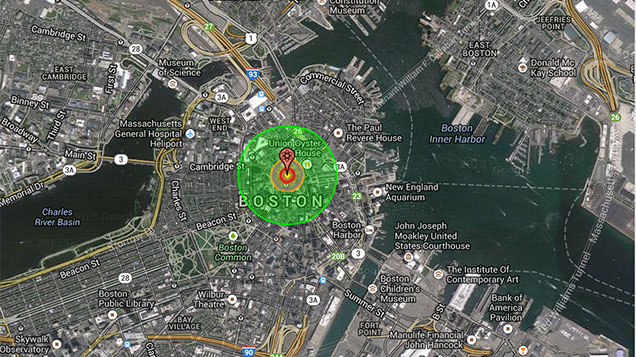Should the threat of a nuclear terrorist attack be on our collective radar screen? What is the probability of such an attack actually happening? Does the clean track record mean that the threat is low, that existing systems are working, or that we’re just really lucky?
The international efforts for nuclear threat reduction are not predicated on answers to these (important) questions. Probability is one side of the equation; impact is the other.
The scale of damage from even a small, improvised nuclear device would be astronomical. Take the Boston Marathon bombings as a baseline: the city of Boston lost an estimated $250-333M just in lost productivity and commerce for the one day that it was completely shut down for a man-hunt. The impact zone—the area where the two homemade bombs went off—was shut down for 10 days. Imagine, then, the damage—in human life, infrastructure, and economic loss—of a nuclear device, let alone the psychological impact.
Some argue that, however horrific such an explosion would be, the likelihood is too small for it to be a security priority. Still, whatever the chance, it’s not zero. And the potential cost is too high to do nothing.
For this reason, the past decade has been one of nuclear threat reduction focus for the U.S. government. The inter-agency effort covers the following:
– Secure nuclear materials at storage points,
– Arrest illicit materials in transit
– Detect movement of materials into potential target zones (i.e. securing cities).
This is where Silverside Detectors, and a host of private sector, academic, and research institutions come in. Are these efforts effective? Is the money well spent? What should we as citizens expect, with regard to our security, and with regard to our tax dollars?
This blog will be a gathering point for discussions on these and related points, as we work together to reduce the threat to citizens, cities, countries, and economies, of nuclear terrorism.

Recent Comments